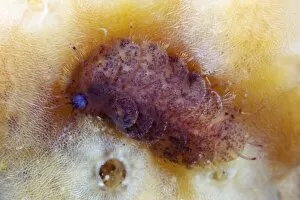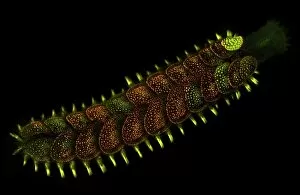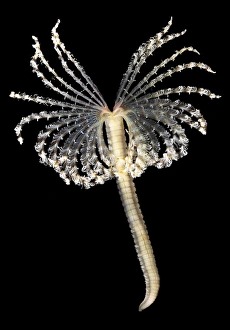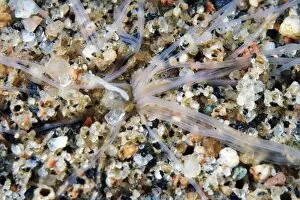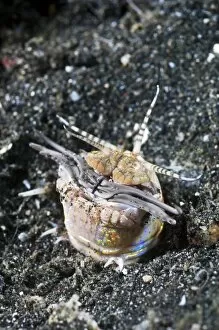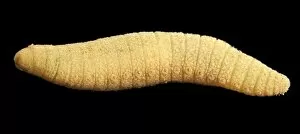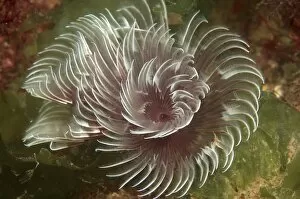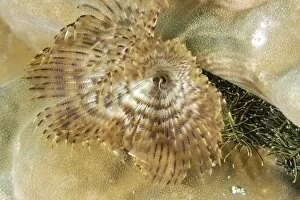Polychaeta Collection (page 2)
"Exploring the Enigmatic World of Polychaeta: A Kaleidoscope of Marine Wonders" In this captivating image, a dedicated scientist delicately examines a ragworm specimen
All Professionally Made to Order for Quick Shipping
"Exploring the Enigmatic World of Polychaeta: A Kaleidoscope of Marine Wonders" In this captivating image, a dedicated scientist delicately examines a ragworm specimen, unraveling the mysteries hidden within its intricate body structure. The polychaetes, also known as bristle worms, are an incredibly diverse group of marine organisms that inhabit various ecosystems across the globe. Venturing into the vibrant waters off New Caledonia, we encounter a mesmerizing sight - a hard coral adorned with Christmas-tree worms. These Spirobranchus giganteus create stunningly colorful spirals on their calcareous tubes, adding splashes of vivid hues to the underwater landscape. Further east in Rinca, Indonesia lies another enchanting spectacle - a feather duster worm from the Sabellidae family gracefully swaying in the currents. Its delicate tentacles extend like feathery plumes, creating an ethereal display reminiscent of an otherworldly creature. A kaleidoscopic image captures our attention next - showcasing the variegated beauty of Bispira variegata. This species belongs to Sabellidae and showcases nature's artistry through its radiant colors and intricate patterns. Moving towards Atlantic shores, we witness an intriguing behavior exhibited by Eunice fucata or Atlantic Palolo. This fascinating creature emerges from her burrow in search of sustenance before skillfully retreating back into her sandy sanctuary. Journeying westward to Puerto Galera in the Philippines reveals two more breathtaking specimens from Sabellidae family – Protula magnifica and Bispira variegata. Their resplendent forms showcase nature's ability to craft astonishing creatures that captivate our imagination. Delving deeper into historical records brings forth an exquisite illustration by James Sowerby depicting Amphitrite rosea – a sand worm with crimson feelers. This hand-colored engraving reminds us how these creatures have fascinated naturalists for centuries.

